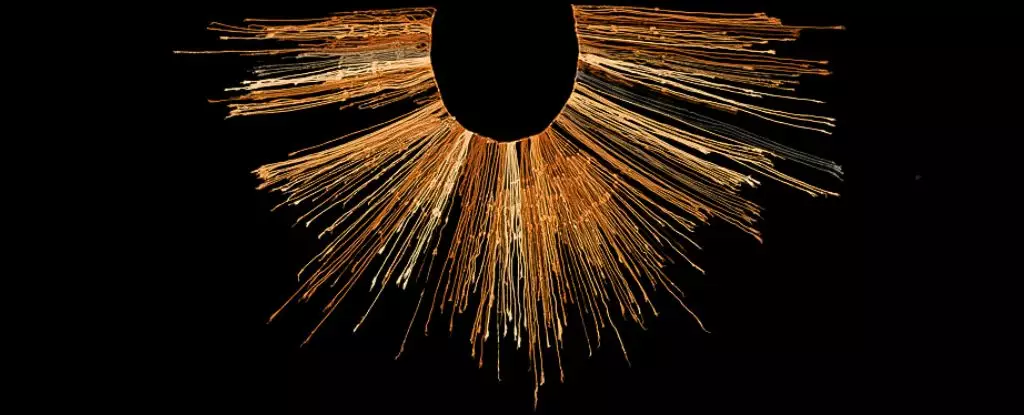For centuries, the Andean civilizations, particularly the Inca Empire, utilized a unique system for recording information known as khipus (or quipus). These intricate systems, consisting of knotted strings, played a vital role in communication and data management during a time when written records did not exist. The khipus were not merely a cultural artifact; they represented a sophisticated method of information storage that has intrigued researchers for years. The complexity of this system underscores the ingenuity and organizational capabilities of the Andean peoples.
As one delves into khipu research, it becomes clear that their design was far from random. Crafted from various materials such as cotton and camelid fibers, khipus were the products of skilled artisans known as khipukamayuqs. These individuals were specially trained in the nuances of creating khipus, making deliberate decisions regarding color, knot type, and cord arrangement. This meticulous craftsmanship hints at an advanced understanding of numeracy and record-keeping that was necessary for managing the extensive resources within the empire.
Recent research efforts have focused on two historically significant khipus discovered in northern Chile, previously studied by the ethno-mathematician Marcia Ascher and anthropologist Robert Ascher. The first of these khipus stands out as the largest ever found, measuring over five meters in length and comprising more than 1800 cords. In contrast, the second khipu exemplifies complexity with almost 600 cords arranged intricately.
Through my analysis of these two khipus, I unearthed a remarkable numeric connection between them. Both khipus utilized red and white “divider” cords to delineate groups, one into tens and the other into sevens. This similarity not only indicates a shared dataset but also suggests a deeper significance in how information was recorded and conveyed across different contexts. Such connections between khipus reflect an underlying numerical structure that facilitated understanding among the Inca and its communities.
The revelation that these two khipus, while representing the same information, did so in vastly different formats raises intriguing questions. One hypothesis is that the larger khipu recorded the total amounts of goods, such as food crops collected from various communities, critical for the Inca’s economy. Conversely, the smaller khipu could have served as a ledger to track the distribution of these resources, ensuring that aid reached those in need and that inventories within storehouses were accurately maintained.
Such a dual approach to record-keeping might have been essential for governance, allowing for oversight and accountability in resource management. This division enhances our understanding of the socio-economic structures within the Inca Empire and illuminates the role khipus played not just as a tool for record-keeping but also as a means of facilitating complex social interactions.
Despite their significance, only a small fraction of historical khipus have survived the ravages of time. The institutional knowledge they embodied has diminished, partly due to cultural suppression following the Spanish conquest, which led to shifts in record-keeping practices. Additionally, environmental conditions have posed challenges for textile preservation, compounding issues of loss.
Currently, it is estimated that around 1,600 khipus remain, with only a portion digitally documented. This digital transformation is vital; it allows researchers to analyze features and patterns, bridging gaps in knowledge that have persisted for centuries. The ongoing efforts to digitize khipus through platforms such as the Open Khipu Repository enable a more collaborative exploration of this ancient system and may uncover fresh insights into the lives of Andean civilizations.
The possibilities for future research in the realm of khipus are promising. As more data becomes available and modern analytical techniques develop, the potential to decode more intricate aspects of khipu use increases. Understanding the dimensions of Andean numerical literacy, administrative practices, and cultural practices will shed light not only on the lives of the Inca but also on the trajectories of knowledge through centuries of cultural transformation.
Khipus represent a pivotal aspect of Andean heritage that serves as a testament to human ingenuity in the face of adversity. As researchers forge ahead in their quest to unravel the complexities of these artifacts, they not only preserve a piece of history but also deepen our comprehension of ancient societies and their rich legacies. Continued interdisciplinary collaboration and technology-driven approaches will be instrumental in shining a light on the nuanced lives of those who crafted and utilized khipus in an era long past.

